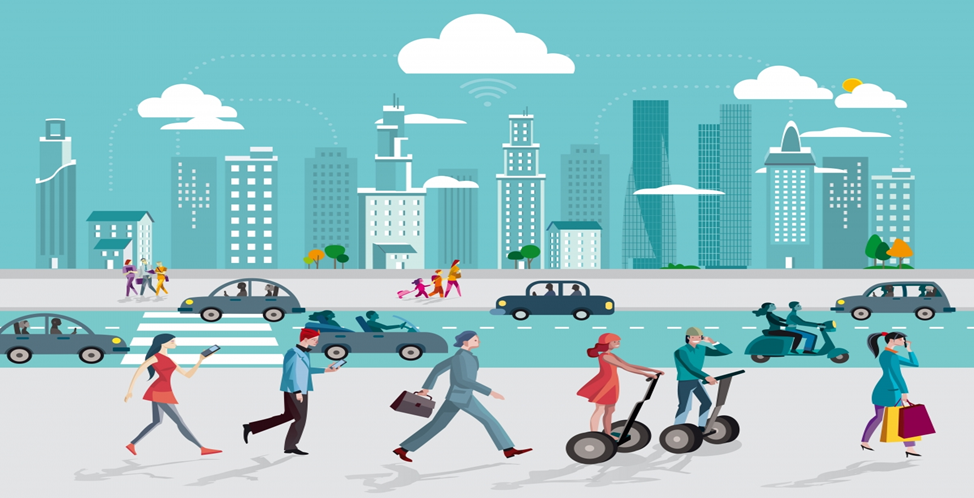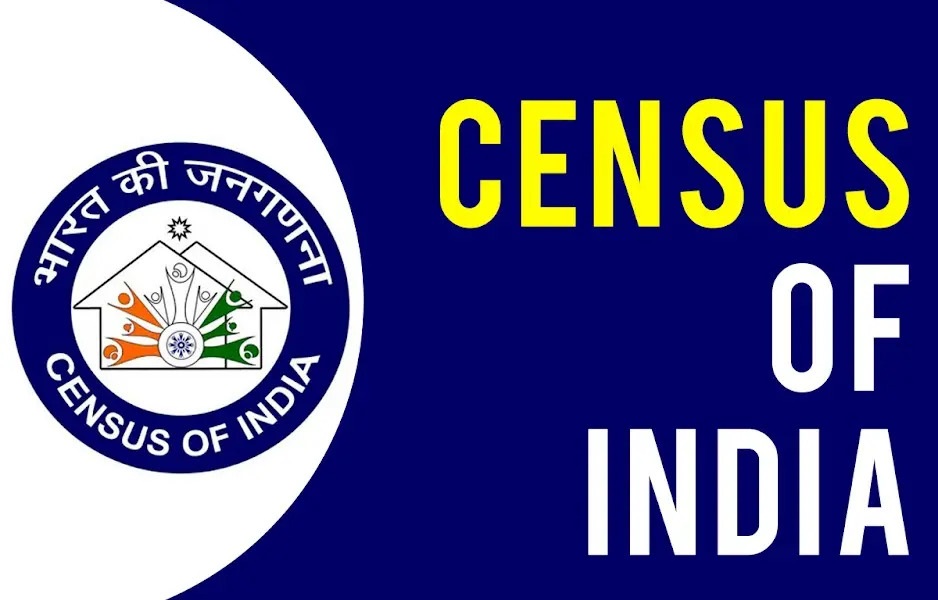Context:
Urbanization in India has witnessed a remarkable surge over the past few decades, driven primarily by the rapid expansion of the industrial sector, increased economic activities, and the availability of employment opportunities. This phenomenon is evident in the significant growth of metropolitan areas, as indicated by the Census of India. The proliferation of cities with populations exceeding one million has escalated from 35 in 2001 to 53 in 2011, with projections indicating a further increase. By 2031, the urban population is expected to reach 590 million, signifying a continued trajectory of urban growth and development.

Impact of Urbanization on Mobility:
The rapid urbanization in India has led to a substantial increase in travel demands and the number of trips made within urban areas. Projections suggest a significant rise in per capita trip rates across all modes of transportation by 2030. However, this surge in urban travel comes with its set of challenges, including traffic congestion, road accidents, and environmental degradation. The metropolitan cities of Delhi, Mumbai, Kolkata, and Chennai bear the brunt of these challenges, incurring substantial congestion costs annually and experiencing deteriorating air quality. The adverse effects of growing urbanization on mobility are further compounded by declining travel speeds during peak hours, exacerbating the overall travel experience and contributing to environmental pollution.
Addressing these challenges necessitates a strategic approach towards the development of sustainable Mass Rapid Transit Systems (MRTS) in Indian cities. Recognizing the imperative of enhancing public transportation, cities have increasingly invested in rail-based transit systems over bus-based alternatives. However, the effectiveness of these investments in mitigating urban mobility challenges remains questionable, as evidenced by the discrepancy between projected ridership and actual usage of metro rail systems. Moreover, the overemphasis on mega rail-based projects has overshadowed the importance of optimizing existing transportation modes, particularly buses, leading to an unintegrated and unsustainable operation of public transportation within cities.
Guidelines for Rapid Transit Systems in Indian Cities:
The prioritization of public transport as a central focus area for Indian metropolitan cities has been underscored by various policy initiatives and guidelines. The National Urban Transport Policy implemented in 2005 laid the groundwork for subsequent initiatives aimed at enhancing urban public transportation. These include the 12th Five-Year Plan, the National Transport Development Policy Committee (NTDPC), and the Urban & Regional Development Plans Formulation & Implementation Guidelines–2017 (URDPFI). Additionally, the Ministry of Housing and Urban Affairs (MoHUA) has developed Guidelines & Toolkits for Urban Transport Development to provide guiding principles for selecting suitable modes of urban public transport.
These guidelines take into account various criteria such as peak hour peak direction traffic (PHPDT), population density, and trip length to determine the most appropriate mode of public transportation for a given city. However, while these guidelines offer valuable insights, they may overlook other critical parameters such as trip time and cost, which directly impact individual affordability and overall accessibility. Furthermore, the guidelines primarily focus on technological aspects of different transit modes without fully considering the quantum of investments required. As a result, there is a need for a more comprehensive and knowledge-based approach to policy formulation, particularly concerning the strategic planning of Mass Rapid Transit Systems (MRTS) in Tier 2 and 3 cities.
Public Transport Scenario in Indian Cities:
Presently, several Indian cities have implemented or are planning to implement various rapid transit systems, including metro rail, bus rapid transit (BRT), light rail transit (LRT), and mono rail. While metro rail systems are operational in 16 cities and under construction in six cities, the actual ridership falls short of the projected estimates outlined in Detailed Project Reports (DPRs). This discrepancy raises questions about the efficacy of mega rail-based projects in addressing urban mobility challenges. Conversely, an analysis of ridership data for bus-based transit systems reveals higher commuter volumes compared to rail-based systems in most cities, despite deficiencies in bus fleet sizes.
Furthermore, compliance with the Ministry of Housing and Urban Affairs (MoHUA) guidelines regarding the minimum fleet size of buses per lakh population remains inadequate across Indian cities. The disparity in ridership between bus-based and rail-based transit systems highlights the need for a more balanced approach to urban transportation planning, focusing on optimizing existing modes of transportation alongside the development of new infrastructure. Integrating Mass Rapid Transit Systems (MRTS) with existing public transport infrastructure, particularly city bus systems, emerges as a crucial strategy for enhancing efficiency and addressing the diverse mobility needs of urban residents.
Conclusion:
The sustainable development of urban public transportation in India is integral to the country's trajectory towards becoming one of the world's top economies. However, achieving this goal requires a nuanced approach that goes beyond the construction of mega rail-based projects and emphasizes the optimization of existing transportation modes, particularly buses. Strategic planning of Mass Rapid Transit Systems (MRTS) must be guided by comprehensive policies that take into account not only technological considerations but also factors such as trip time, cost, and individual affordability. Additionally, integration with existing public transport infrastructure, notably city bus systems, is crucial for optimizing efficiency and ensuring the seamless mobility of urban residents. By adopting a holistic approach to urban transportation planning, Indian cities can address the challenges posed by rapid urbanization and pave the way for sustainable and inclusive urban development.
|
Probable Questions for UPSC Mains Exam 1. Discuss the challenges and opportunities associated with the implementation of Mass Rapid Transit Systems (MRTS) in Indian cities, considering factors such as ridership projections, infrastructure optimization, and integration with existing public transport networks. How can policy frameworks be enhanced to address the discrepancies between projected and actual ridership, while ensuring the sustainability and inclusivity of urban transportation? (10 marks, 150 words) 2. Evaluate the effectiveness of current urban transportation policies and guidelines in India, with a focus on the strategic planning of Mass Rapid Transit Systems (MRTS) in Tier 2 and 3 cities. How can policymakers strike a balance between investing in mega rail-based projects and optimizing existing transportation modes, particularly buses, to meet the diverse mobility needs of urban residents while promoting sustainable urban development? (15 marks, 250 words) |
Source – The Indian Express







